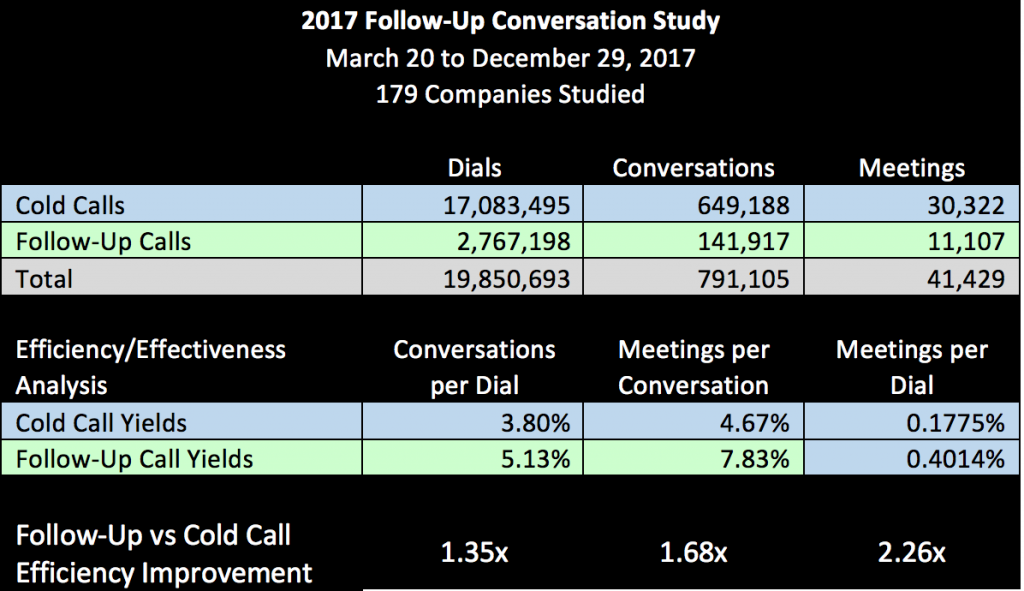By Melissa Di Donato
Last month, International Women’s Day struck a chord around the globe and inspired countless conversations about women and their career paths. Millions of women worldwide participated in rallies and protests, including female workers in Spain who organized the country’s first national women’s strike, in support of equality in the workplace.
Take a moment to look up from your computer screen, glance around your office, and see who is sitting in the sales department. You will likely notice that women make up a small percentage of the sales team. According to LinkedIn, women account for only 39 percent of the overall sales workforce – but, at director level and above, that number drops (substantially) to 27 percent. This is a huge disparity when compared to finance, communications, and HR functions.
Despite these figures, women in sales are excelling in their careers, averaging an 11 percent higher win rate than men, according to a Gong study. Being a woman in technology – and, specifically, in sales tech for nearly 20 years – I know first-hand the incredible accomplishments women can make when given the opportunity. The responsibility is on employers to recognize this disparity and identify ways to foster inclusivity and diversity as well as provide women with the right tools to advance their careers.
Breaking Down Barriers to the Boys Club
A recent Accenture study found a strong correlation between having a role model and having leadership goals. One of the biggest issues I see in sales is the lack of female mentors present to encourage other women to view sales as a viable job option. It’s no surprise that women often gravitate toward marketing and HR – departments where there are more prominent female leaders. They can look at these women for inspiration and can rest assured that, if they put the work in, they could someday join the ranks of management.
I’ve worked with many women throughout my career and know they excel when they have a role model to look up to. That’s why I encourage all female (and male) leaders to be visible, welcoming, and accessible to their female peers – and empower them to achieve what can sometimes feel like the impossible. Implementing this type of culture within sales departments is crucial; the outcome will be more female representation in the field.
One way organizations can take a step in this direction is to hold monthly coffee meetings and/or networking luncheons for women. This is a great strategy to convene women across departments to discuss the various challenges and opportunities they face in a particular role. This type of gathering encourages relationship building and creates networks and support systems. It also serves as an opportunity for women in sales to share their first-hand experience on the job, with the goal of attracting more women to join the ranks.
You Can’t Be What You Can’t See
Once women break into the sales field, there are always obstacles to overcome. As a first step, women in sales need to own their successes instead of undermining their accomplishments by attributing them to “luck” or being “in the right place at the right time,” which I’ve seen many women do in the past.
Female sales executives must remember they have achieved success because of the smart decisions they have made. It’s time for them to reclaim their confidence to drive change. This self-positivity and confidence, paired with strong role models, is the perfect equation for an unstoppable woman in sales. With this attitude and support system, women can have thriving sales careers without having to sacrifice other important parts of life such as family time and hobbies. Now, I’m not saying it doesn’t require juggling, but I want women to know they can have their cake and eat it too – even if they can only take a few bites at a time.
Women have all the right qualities to enter – and thrive in – the sales field; it’s just a matter of tapping into that potential and being encouraged by colleagues and mentors along the way. Women have an entrepreneurial spirit of collaboration and consensus. They want to create wins as part of a team and are flexible and understanding of client needs.
Women in sales are starting to have more open and honest conversations about what they want and what they deserve – and that’s a great start. With the recent traction we’ve already seen in the field, I’m positive that, within the next 10 years, we’ll see an uptick in women entering sales roles and moving up to management-level positions.










